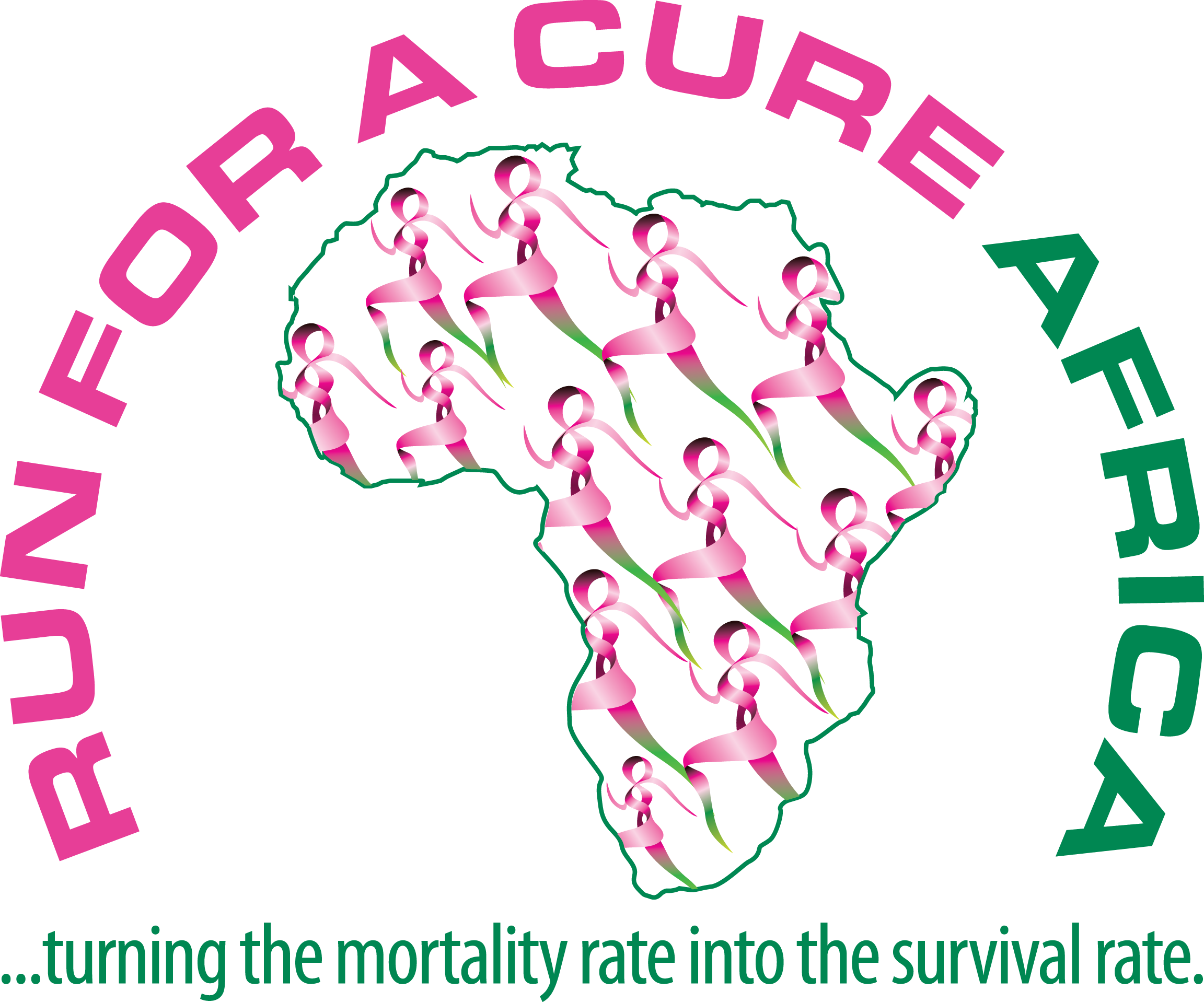Treatment
Run For a Cure Africa seeks to dispel myths and stigmas associated with breast cancer. They accomplish this through community outreaches at churches, through local fitness associations, specially developed materials, and providing speaking opportunities of their Pink Fighter Survivors.
QUICK FACTS
- Breast cancer is the second most common cancer in Africa.
- Breast Cancer is 98% treatable if detected early.
- Nigeria has an 80% breast cancer mortality rate.
According to a study conducted by doctors Adesunkanmi, Lawal, Adelusola, and Durosimi (2005), a majority of their patients in the southern region of Nigeria do not come for treatment until their cancer has reached the advanced stages (stage 3 and 4).
Late stage breast cancer detection in Nigeria and all of Africa is attributed to the negative social stigma of the disease in society, lack of awareness in developing countries, and access to health services (World Health Organization, 2011)
What is Run For a Cure Africa (RFCA) doing about it?
- FREE SCREENINGS: RFCA offers free mammography screenings throughout the year at the Lagos University Teaching Hospital. In addition to this, RFCA will hold free mass screening weekends with the first screening taking place on February 2 and 4. All screenings on these weekends are free of charge.
- SUBSIDIZED TREATMENT: RFCA will endeavor to financially support women found to have breast cancer by subsidizing or fully covering treatment costs.
- OUTREACH: RFCA will reach out to the market women, churches, and local associations to increase awareness and dispel societal myths.
If you or someone you know needs help with screening or treatment, contact us at info@rfcafrica.org or call 0817 000 1235.
WHAT CAN YOU DO?
Modify and avoid risk factors (World Health Organization, 2011)
More than 30% of cancer could be prevented by modifying or avoiding key risk factors, including:
- being overweight or obese
- low fruit and vegetable intake
- lack of physical activity
- alcohol use
- urban air pollution
- indoor smoke from household use of solid fuels.
ALSO:
Give yourself a breast exam each month.
http://women.webmd.com/healthtool-self-breast-exam
Get a mammography screening once a year after the age of 40, earlier if you have a higher risk. Talk with your doctor about your individual risks (heredity, environmental, etc.)
Notice the warning signs:
- Lump, hard knot or thickening inside the breast or underarm area
- Swelling, warmth, redness or darkening of the breast
- Change in the size or shape of the breast
- Dimpling or puckering of the skin
- Itchy, scaly sore or rash on the nipple
- Pulling in of your nipple or other parts of the breast
- Nipple discharge that starts suddenly
- New pain in one spot that doesn’t go away (Susan G. Komen for the Cure, 2011)
